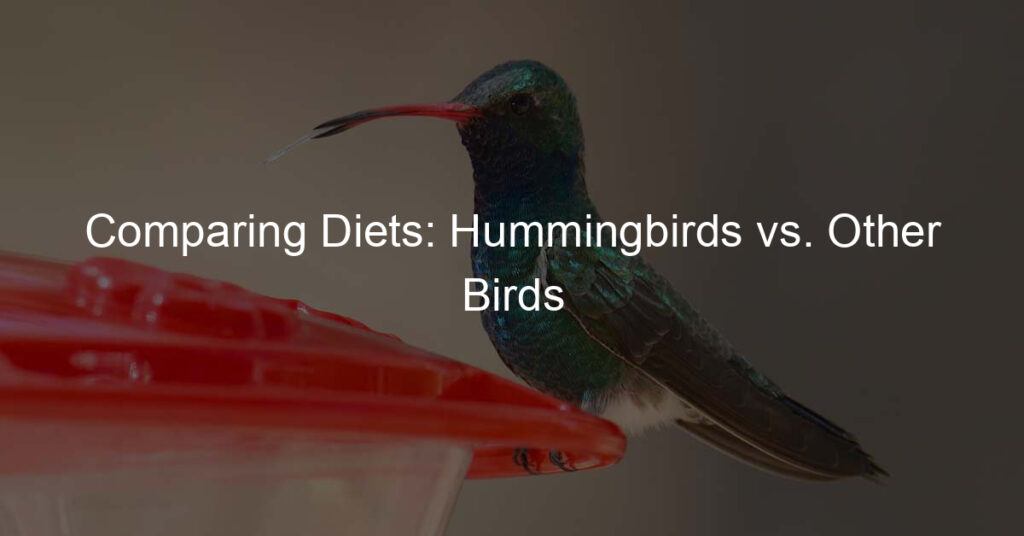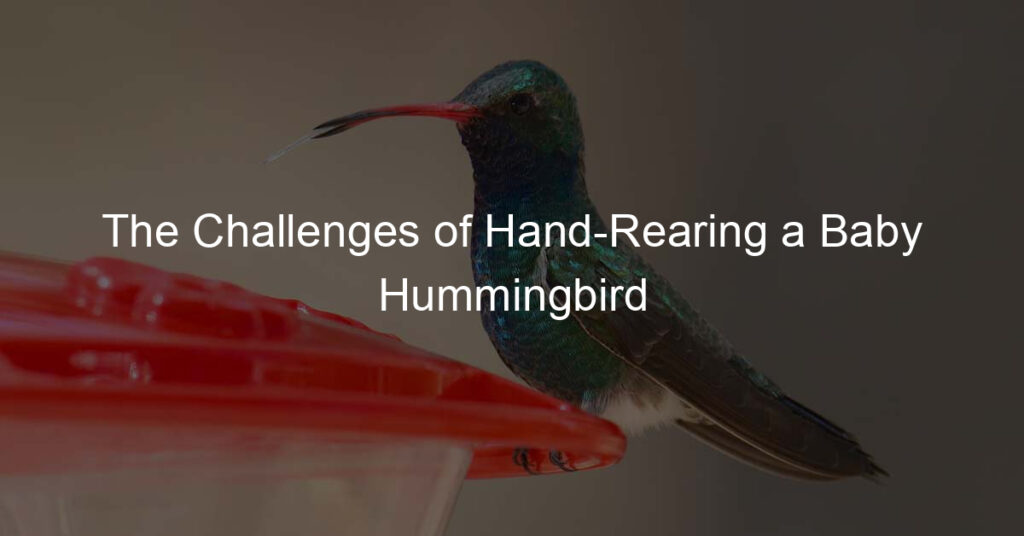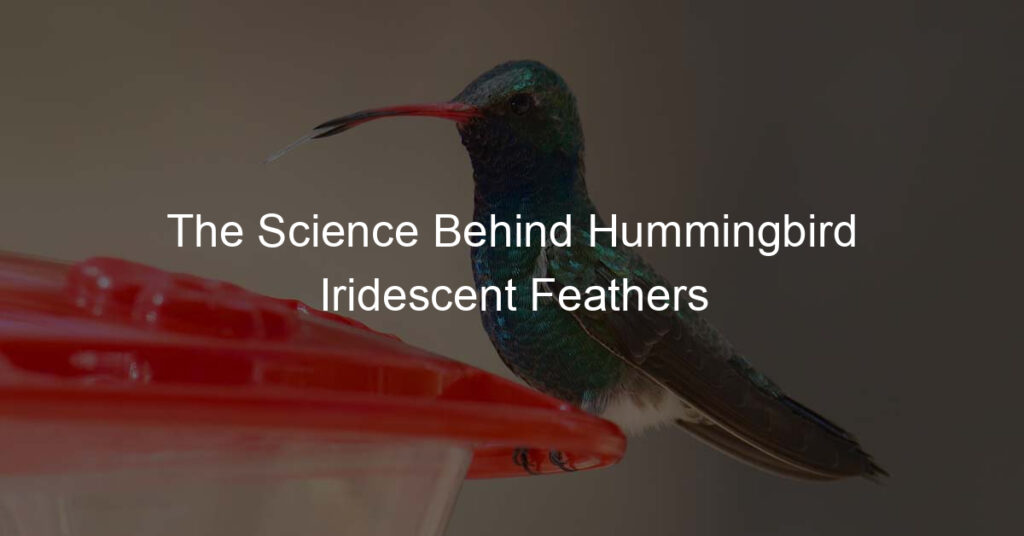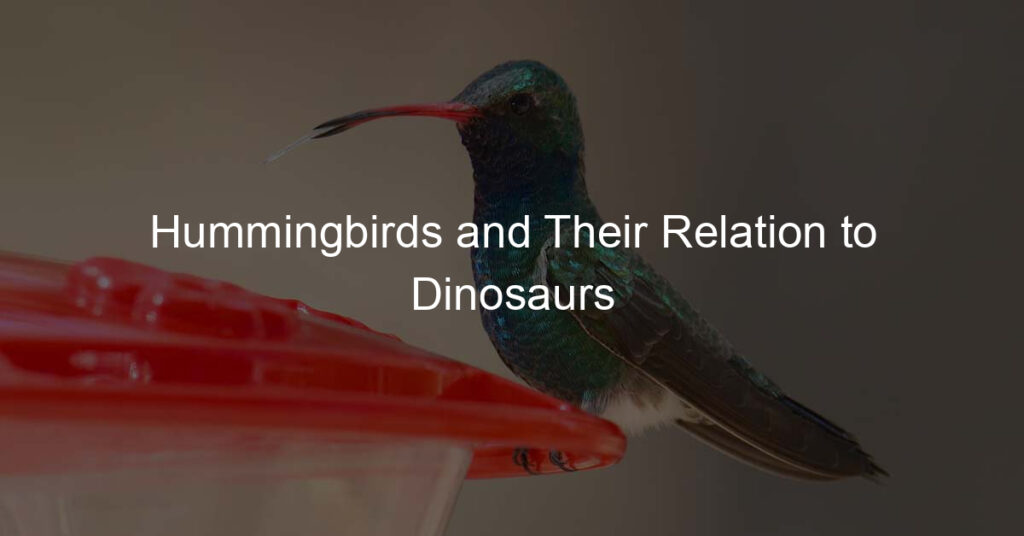You may have observed hummingbirds hovering near their nests and wondered why they seem to be pooping around the area. It turns out that there are a few reasons for this behavior! Keep reading to learn more about why these feathered friends engage in this interesting habit.
Is hummingbird poop sweet?
Have you ever stopped to consider the oddest thing about hummingbirds? Perhaps it is the incredible speed at which they fly or their amazing migratory patterns, but one strange fact that often goes unnoticed is that the secretions from a hummingbird’s anal opening are believed to be sweet.
It may be hard to fathom, but it has been studied and proven true. The sugar in hummingbird feeders and nectar is passed through the digestive systems of these tiny birds and excreted in liquid form. Bird lovers around the world have even claimed to have tasted this sweet secretion, noting its extraordinary similarity to sugar water for hummingbirds!
Whether or not it’s truly sweet obviously would be up for debate, but scientists agree that hummingbird poop is some of the most unique droppings found in nature.
What is hummingbird poop like?
Hummingbird poop, like the waste of any other creature, can vary depending on diet and other health factors. Generally speaking, hummingbird poop looks largely comprised of undigested bits of food such as flower nectar and insects which often still have their six legs sticking out from the dark sludge-like mixture. It’s been noted that it has a strong sweet smell similar to honey or oddly enough, caramel.
That being said, it may also have a sharp or acrid odor due to the number of ants they can consume while feeding. Fortunately for us, hummers don’t produce a great amount of waste since they consume nearly double their body weight in nectar daily!
Do hummingbirds poop red?
Did you know that hummingbirds may have red poop? It’s true – in addition to their characteristic iridescent feathers, these birds have digestion systems that produce bright red excrement! This is because the nectar they eat contains pigments from the plants and flowers from which it was made. Interestingly, the color of a hummingbird’s poop may actually vary depending on its diet.
In areas where there are a lot of flowers, the feces may take on a brighter hue since there will be more pigments in their diets. Regardless of the exact color, there is no need to worry if you spot some color variations on your bird feeder – it just means your feathered friends are eating well!
Hummingbird nesting behavior
Hummingbird nesting behavior is one of the most fascinating and unique biological behaviors. These diminutive birds construct nests that are woven from cobwebs, affixed with lichen, lined with soft fibers, and secures using spider silk. Hummingbirds are incredibly particular when it comes to the sites they choose to build their homes, selecting locations near flowers and away from predators.
Most species of hummingbirds nest up to two or three times per season, often laying between two and four eggs in each nest. After incubating the eggs for 13 – 16 days, the female will then take care of her young until they leave the nest 17-23 days later. As a visitor observing hummingbird nesting behavior, always remember that even these tiniest of birds need a lot of space and privacy for successful breeding!
Do birds poop outside the nest?
Yes, birds do poop outside the nest, and their droppings can carry diseases. Birds use feces as a form of communication, so there are often more solid and smelly droppings near their nesting spots to signal to other birds around that this is their territory.
Their poop also helps spread seeds for plants to grow and provides nutrient-rich data for scientists researching ecosystems. In addition, some species may even use it as a defense mechanism, hoping that predators will be put off by the stench! As messy as it can seem at times, all in all, bird poo does more good than harm.
Final Thoughts
Hummingbirds serve as magnificent examples of natural adaptation. By using the waste to their advantage, they are able to shield their precious nests from predators and keep them maintained in a healthy condition. Even though it may seem unsightly at first, seeing a hummingbird hovering near its nest while taking a quick restroom break is actually quite charming and unique.
With how intricate and complex these creatures’ lives really are, the appreciation levels should be off the charts! The mystery behind why hummingbirds poop around their nest is equally fascinating and entertaining – something that we can learn new insights from every day if we just take the time to observe and appreciate them through our own eyes.







